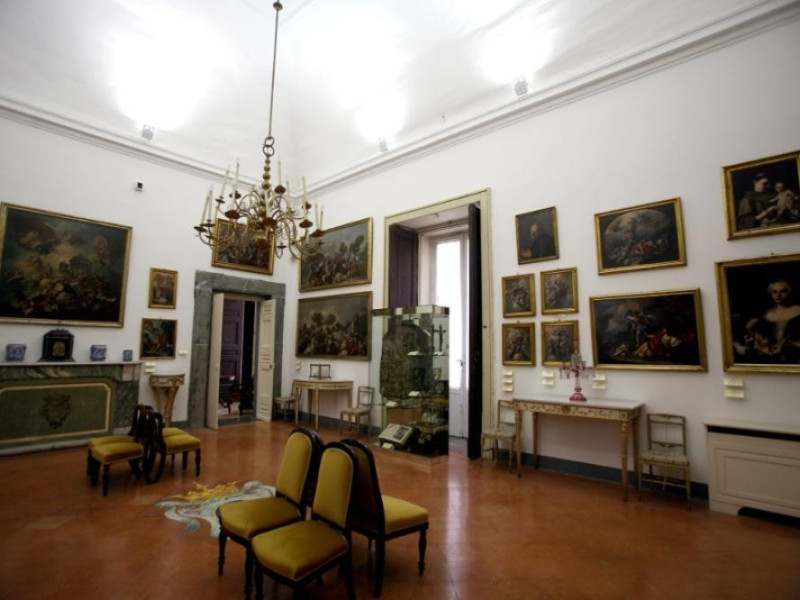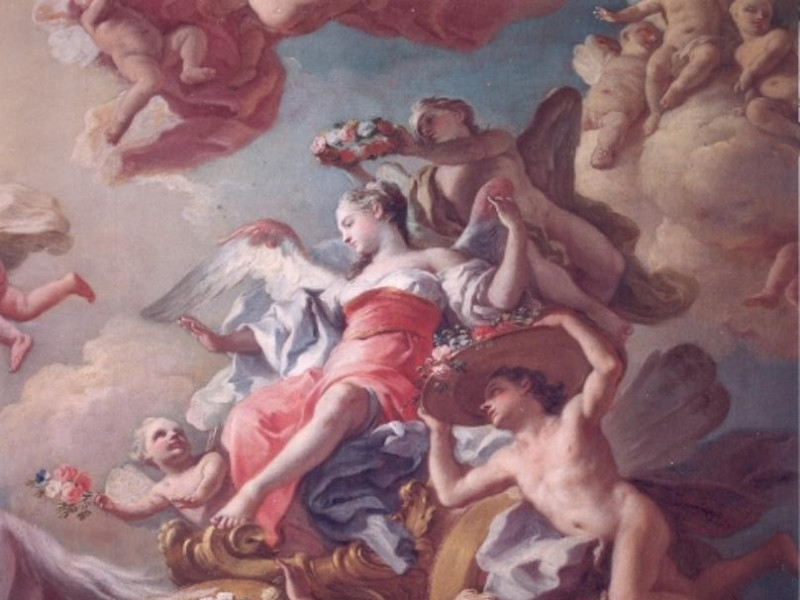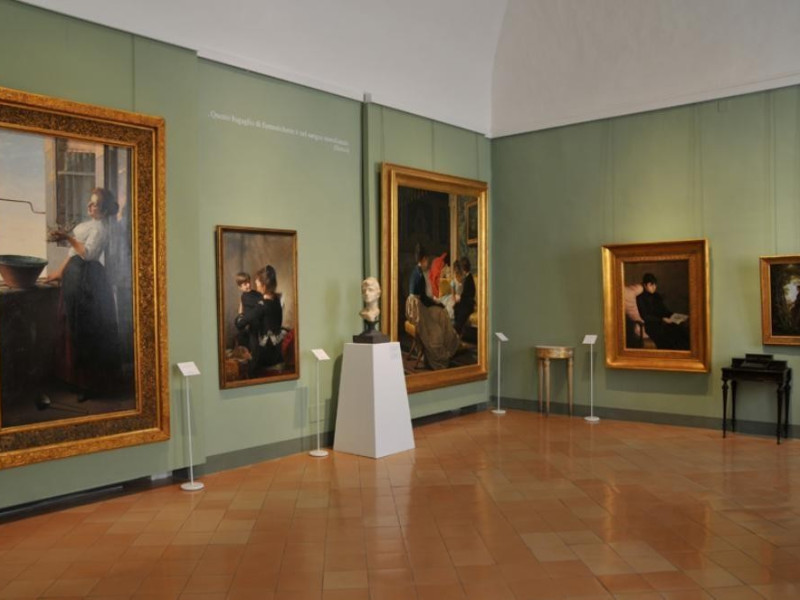Pio Monte della Misericordia
The Pio Monte della Misericordia was founded in 1602 by seven Neapolitan nobles who wished to form a lay institution that would carry out works of corporal mercy. The organisation’s first seat, designed by Giovan Giacomo di Conforto, very soon became unusable, due to the rapid growth of the brotherhood, and was replaced by the current building, situated on the noisy and extremely busy Via dei Tribunali. The architect Francesco Antonio Picchiatti, who was tasked with its design in 1658, had to overcome considerable difficulties in terms of lack of space, which he resolved by dividing the design of the façadeinto three orders, with a large porch projecting onto the street, as an expression of welcome on the part of the pious institution, recorded by the inscription on the top frieze ‘Fluent ad eum omnes gentes’. It may have been the commissioners themselves who required a building where elements of civil, rather than religious, architecture would prevail, as a corroboration of the secular nature of their work; as a result the church is not visible from the outside. The sobriety and moderation of the external façade is replicated by Picchiatti in the design of the church as well, which has an octagonal plan with a pointed gored dome and two orders of windows that diffuse a rarefied light. Various features in baroque taste, including the consoles on which the pilasters rest, the unusual holy-water stoups, and the terracotta floor framed by polychrome marbles, are fancifully introduced into this classical-style interior. Over the course of four centuries, a substantial collection of art has been formed, thanks to legacies or donations of paintings that were given to the Monte to be sold: the profits were intended for charitable works. Fortunately, the Governors were always reluctant to part with this inheritance: today, visitors can admire the artworks that escaped being sold, although at least 80 paintings met this fate, most of which were auctioned off in 1845. The brotherhood has thus acted as a ‘propelling centre for culture’, amassing a remarkable collection of paintings, silver, chasubles, valuable furniture and furnishings, and antique books. The piano nobile of the Pio Monte’s headquarters hosts the Picture Gallery, which is laid out according to the criterion of a house-museum and displays the collection of paintings (approximately 150) and other artistic assets belonging to the congregation. This huge legacy of paintings basically consists of three main nuclei of artworks.




